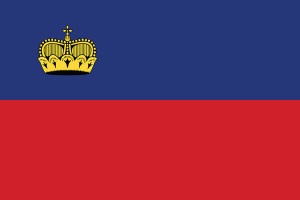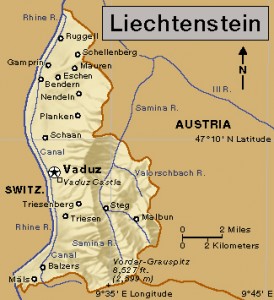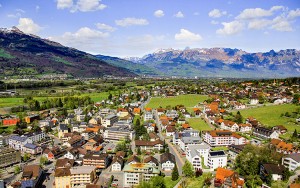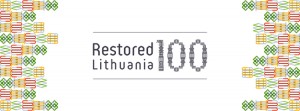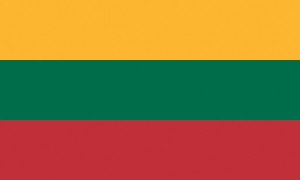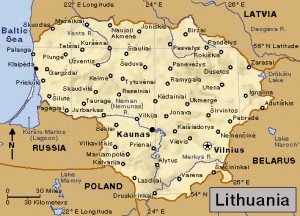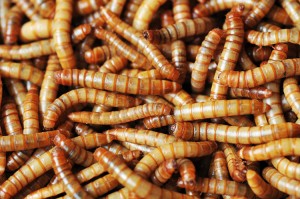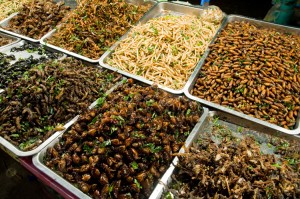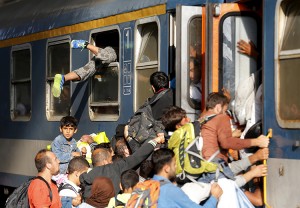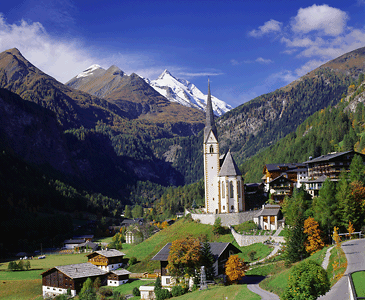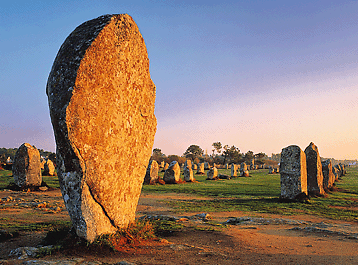ESA Names World’s First Parastronaut
Thursday, December 22nd, 2022
John McFall, from the United Kingdom, is a member of the ESA Astronaut Class of 2022. John McFall is one of the more than 22 500 candidates who submitted a valid application in 2021 in response to ESA’s call for new astronauts for missions to the International Space Station and beyond. ESA’s new class of astronauts includes career astronauts, members for the astronaut reserve and astronauts with a physical disability for a feasibility project. They will start a 12-month basic training at ESA’s European Astronaut Centre in spring 2023.
Credit: P. Sebirot/ESA
The European Space Agency (ESA), a cooperative space program among the nations of Europe, made history in November 2022, naming the world’s first physically disabled astronaut. Paralympian and orthopedic surgeon John McFall joined 15 others out of 22,500 applicants in the journey to space. McFall had his right leg amputated after a motorcycle accident when he was 19 years old. Before his accident, he was a runner. McFall persevered through recovery and made it to the 2008 Paralympic Games in Beijing, China. He secured the bronze medal in the 100-meter race.
McFall was born on April 25, 1981, in Frimley, England. He was a runner before his accident in 2000. Determined to reach his goals despite his new existence as an amputee, McFall worked through recovery all the way to the Paralympics. He became a professional runner in 2005, only five years after his accident. After his success as a Paralympian, McFall trained as an orthopedic surgeon.
He studied at Swansea University in Wales 2004. He continued his education to earn his master’s degree at the University of Wales Institute in Cardiff in 2005. Not one to shy away from challenges and education, McFall graduated from Cardiff University School of Medicine in 2014. He joined the Royal College of Surgeons in 2016 and works as a trauma and orthopedic specialist in the south of England.
McFall heard that the ESA was looking to hire a Paralympian as an astronaut in February 2021 as he worked in the intensive therapy unit helping patients recover from COVID-19. He started filling out an application and soon was undergoing memory and physical tests and answering difficult questions in interviews.
The ESA named McFall and 15 others as official recruits in November 2022. The group will undergo more testing to ensure their ability to fulfill the role. McFall will take part in the Parastronaut Feasibility Project which will help the ESA understand how space flight works for astronauts with physical disabilities.

